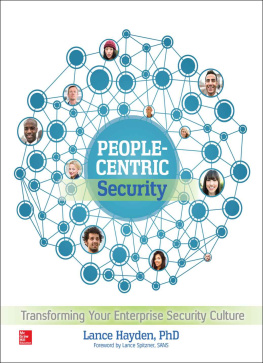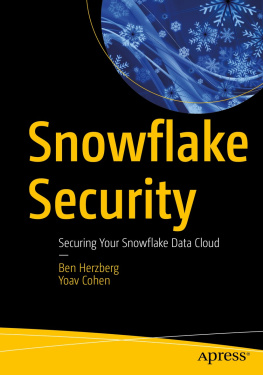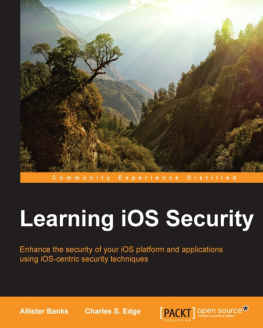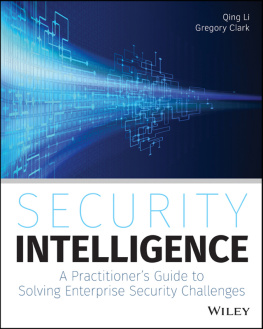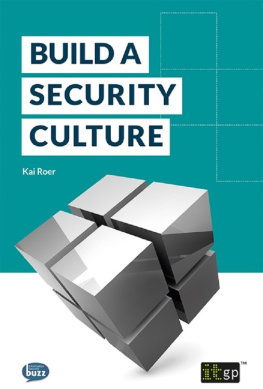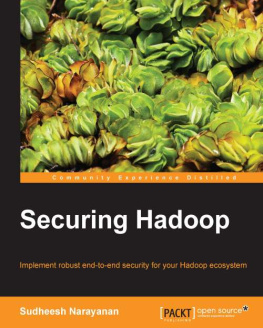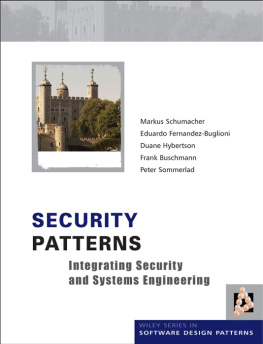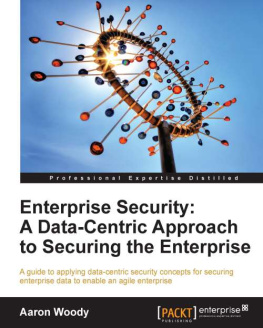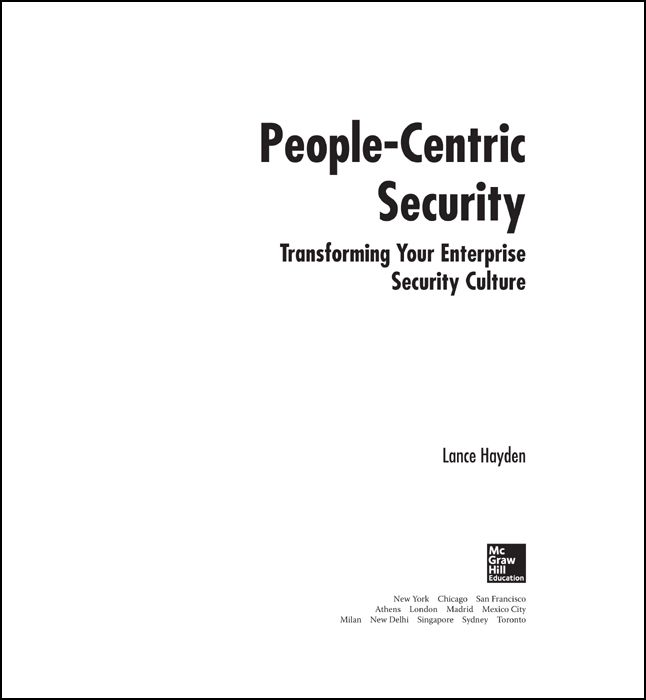Copyright 2016 by McGraw-Hill Education. All rights reserved. Except as permitted under the United States Copyright Act of 1976, no part of this publication may be reproduced or distributed in any form or by any means, or stored in a data base or retrieval system, without the prior written permission of the publisher.
ISBN: 978-0-07-184679-0
MHID: 0-07-184679-4
The material in this eBook also appears in the print version of this title: ISBN: 978-0-07-184677-6, MHID: 0-07-184677-8.
eBook conversion by codeMantra
Version 1.0
All trademarks are trademarks of their respective owners. Rather than put a trademark symbol after every occurrence of a trademarked name, we use names in an editorial fashion only, and to the benefit of the trademark owner, with no intention of infringement of the trademark. Where such designations appear in this book, they have been printed with initial caps.
McGraw-Hill Education eBooks are available at special quantity discounts to use as premiums and sales promotions or for use in corporate training programs. To contact a representative, please visit the Contact Us page at www.mhprofessional.com.
Information has been obtained by McGraw-Hill Education from sources believed to be reliable. However, because of the possibility of human or mechanical error by our sources, McGraw-Hill Education, or others, McGraw-Hill Education does not guarantee the accuracy, adequacy, or completeness of any information and is not responsible for any errors or omissions or the results obtained from the use of such information.
TERMS OF USE
This is a copyrighted work and McGraw-Hill Education and its licensors reserve all rights in and to the work. Use of this work is subject to these terms. Except as permitted under the Copyright Act of 1976 and the right to store and retrieve one copy of the work, you may not decompile, disassemble, reverse engineer, reproduce, modify, create derivative works based upon, transmit, distribute, disseminate, sell, publish or sublicense the work or any part of it without McGraw-Hill Educations prior consent. You may use the work for your own noncommercial and personal use; any other use of the work is strictly prohibited. Your right to use the work may be terminated if you fail to comply with these terms.
THE WORK IS PROVIDED AS IS. McGRAW-HILL EDUCATION AND ITS LICENSORS MAKE NO GUARANTEES OR WARRANTIES AS TO THE ACCURACY, ADEQUACY OR COMPLETENESS OF OR RESULTS TO BE OBTAINED FROM USING THE WORK, INCLUDING ANY INFORMATION THAT CAN BE ACCESSED THROUGH THE WORK VIA HYPERLINK OR OTHERWISE, AND EXPRESSLY DISCLAIM ANY WARRANTY, EXPRESS OR IMPLIED, INCLUDING BUT NOT LIMITED TO IMPLIED WARRANTIES OF MERCHANTABILITY OR FITNESS FOR A PARTICULAR PURPOSE. McGraw-Hill Education and its licensors do not warrant or guarantee that the functions contained in the work will meet your requirements or that its operation will be uninterrupted or error free. Neither McGraw-Hill Education nor its licensors shall be liable to you or anyone else for any inaccuracy, error or omission, regardless of cause, in the work or for any damages resulting therefrom. McGraw-Hill Education has no responsibility for the content of any information accessed through the work. Under no circumstances shall McGraw-Hill Education and/or its licensors be liable for any indirect, incidental, special, punitive, consequential or similar damages that result from the use of or inability to use the work, even if any of them has been advised of the possibility of such damages. This limitation of liability shall apply to any claim or cause whatsoever whether such claim or cause arises in contract, tort or otherwise.
To Jayne and Wyatt, because everything.
About the Author
Dr. Lance Hayden is a managing director in the Technology Advisory Practice of BRG, an international strategy and research firm. Dr. Haydens security career spans 25 years across the public, private, and academic sectors. His interest in human security behaviors and culture began while a HUMINT operations officer with the Central Intelligence Agency, and continued in security roles at companies including KPMG, FedEx, and Cisco. Dr. Hayden provides expert advice and consulting on information security strategy, measurement, and culture to companies and governments around the globe. In addition to People-Centric Security, he is the author of IT Security Metrics: A Practical Framework for Measuring Security and Protecting Data, also from McGraw-Hill Education. Lance received his PhD in information science from the University of Texas, where he also teaches courses on security, privacy, and the intelligence community. He lives in Austin.
About the Technical Editor
David Phillips has been protecting clients IT systems for over 20 years, including technical mitigation, information security risk programs, IT network security architecture, and regulatory compliance. David developed a growing professional service business inside a multinational networking corporation focused on cybersecurity, protecting clients intellectual property and customer data, and securing networks to allow for resilient IT infrastructure in the face of cyberattacks. His clients have included multibillion-dollar businesses in the retail, finance, manufacturing, energy, and healthcare verticals. David has worked with global enterprises to measure and mature their security capabilities across people, process, and technology, spanning levels from technology management to security awareness and security cultural transformation. David lives outside of Austin, Texas.
Contents at a Glance
Contents
Foreword
After having worked in information security for over 20 years, I have come to a simple conclusion: unless we move beyond technology alone and start addressing the human element, we are in a no-win situation. Technology is where every organization should start when managing its cyber-risk, but technology can only go so far. We have hit that point of diminishing return. We can no longer ignore the human factor in information security. Lances book is a breath of fresh air. He creates a new chapter in how organizations should manage their risk, not just at the technical level but at a human level. What makes Lances book so powerful is that he not only backs the book with tremendous research and academic studies, but also brings in real-world application.
I first met Lance through his previous book, IT Security Metrics. It was one of the few books I had found that attempted to measure the human side of information security. He went beyond just hard numbers and acknowledged the softer side of our world. Since then, I have been working with Lance and have come to recognize and respect the unique traits he brings to our community. As a PhD in social science, Lance brings academic rigor to our world, but even better, he brings the skills necessary to understand how people and cultures work. Combined with more than 25 years of real-world, global experience in the information security field, his philosophy and practice bring immense wealth to the security sector.
What I love most about this book is that anyone can read it. Lance helps you understand what culture is and why it is an issue for information security, ultimately providing a framework to manage and measure it. I hope you are as excited as I am about this opportunity to both better understand a challenge we all face and leave this book better armed to do something about it.
Lance Spitzner
Research & Community Director, SANS Securing The Human

